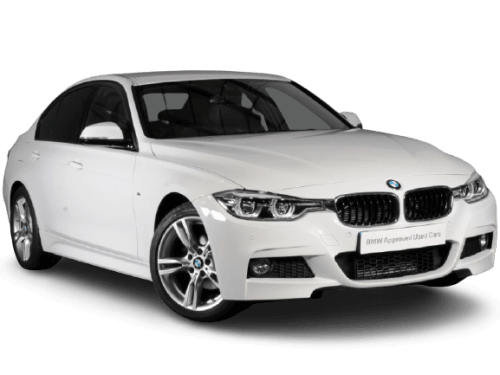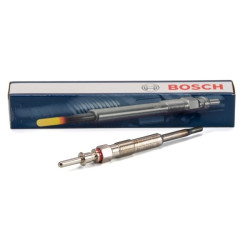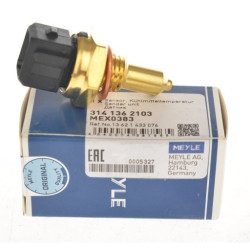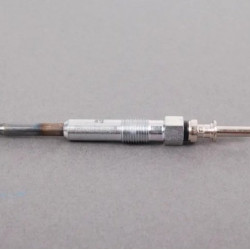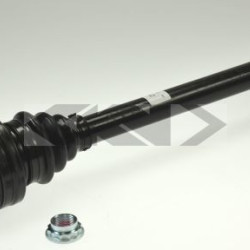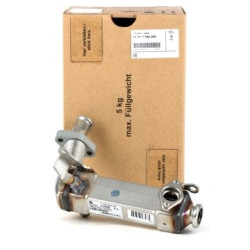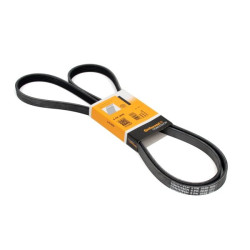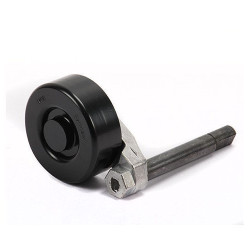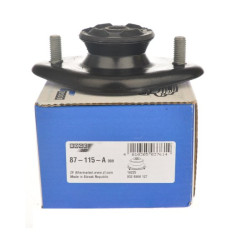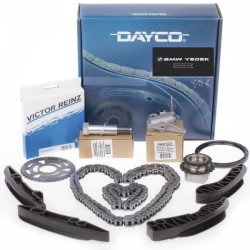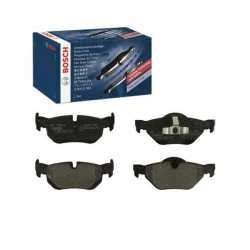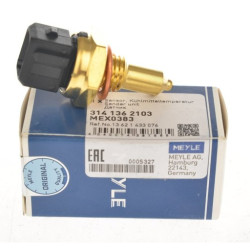Bmw 318d Spare Parts
Bmw 318d Series Spare Parts and maintenance products can be selected to access detailed technical data and the 3 Series spare parts you are looking for.
BMW 318d Model and Features: Historical Development and Name Changes from the First Model to the Present
The BMW 318d is recognized as the diesel engine option of BMW's 3 Series family and has held a significant place in the compact luxury car segment for many years. This model has been an ideal choice for drivers seeking a balance between fuel efficiency and performance. The historical development of the BMW 318d also reflects the brand's innovations in engineering and design. In this article, we will examine the historical development of the BMW 318d model from its initial launch to the present, the years it was referred to by which chassis codes, and the model's key features.
Historical Development of the BMW 318d
The BMW 318d was first introduced in 1998 with the E46 chassis code. This model stood out as the diesel engine option in the 3 Series family and has been developed over time with many innovations.
First Generation (E46) - 1998-2005
- Introduction: The BMW 318d was launched for the first time in 1998 with the E46 chassis code. This model was introduced due to the increasing demand for diesel engine 3 Series vehicles from BMW.
- Engine: The first BMW 318d model was equipped with a 1.9-liter four-cylinder diesel engine. This engine produced 115 horsepower and was noted for its low fuel consumption.
- Design: The E46 318d had a design that carried BMW's classic lines. This model offered a sleek and sporty appearance while also standing out with its aerodynamic structure.
- Features: Features such as ABS, air conditioning, electric windows, and dynamic stability control (DSC) were offered as standard in this model.
Second Generation (E90) - 2005-2012
- Development: The BMW 318d was renewed in 2005 with the E90 chassis code. In this generation, engine performance and efficiency were improved.
- Engine: The E90 318d was equipped with a 2.0-liter four-cylinder turbo diesel engine. This engine produced 143 horsepower and provided better fuel economy.
- Design: The E90 had sharper lines and a modern appearance. The interior of the vehicle was also made wider and more comfortable.
- Technology: This generation introduced technological innovations such as the iDrive infotainment system, adaptive headlights, and advanced safety systems.
Third Generation (F30) - 2012-2019
- Development: In 2012, BMW reintroduced the 318d model with the F30 chassis code. This generation housed the latest innovations in BMW's engineering.
- Engine: The F30 318d was equipped with a 2.0-liter turbo diesel engine that produced 150 horsepower. This engine was quite successful in terms of both performance and fuel economy.
- Design: The F30 had a more aerodynamic structure and reflected the modern BMW design language. Luxury details and technological innovations were prominent in the interior.
- Features: LED headlights, adaptive suspension, advanced iDrive system, and driving modes became standard in this generation.
Fourth Generation (G20) - 2018-Present
- Development: The BMW 318d was reintroduced in 2018 with the G20 chassis code. This generation includes BMW's most advanced technologies and innovations in sustainability.
- Engine: The G20 318d is equipped with a 2.0-liter four-cylinder diesel engine that offers 150 horsepower. Additionally, this model utilizes BMW's TwinPower Turbo technology.
- Design: The G20 generation is equipped with modern innovations such as a digital instrument panel, a large infotainment screen, and autonomous driving features.
- Sustainability: The G20 generation has taken significant steps in sustainability with environmentally friendly materials and production techniques.
Conclusion
The BMW 318d has undergone significant evolution since its initial introduction in 1998 and has continued to develop with each generation. Continuously renewed with different chassis codes and engine options, this model showcases BMW's success in diesel engine technology. The historical development of the BMW 318d reveals the brand's competence in engineering and design.
 Türkçe
Türkçe
 English
English
 Русский
Русский

